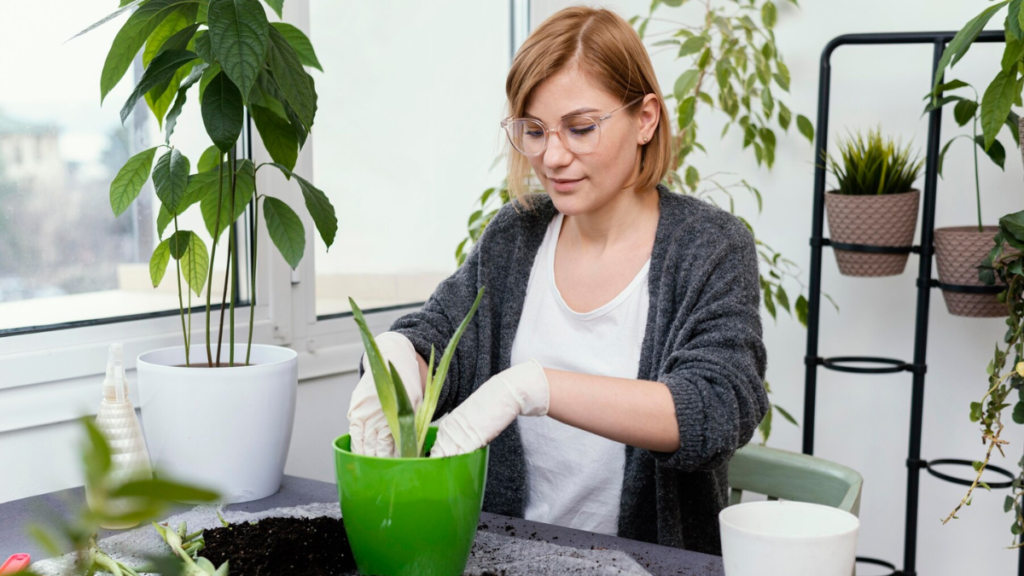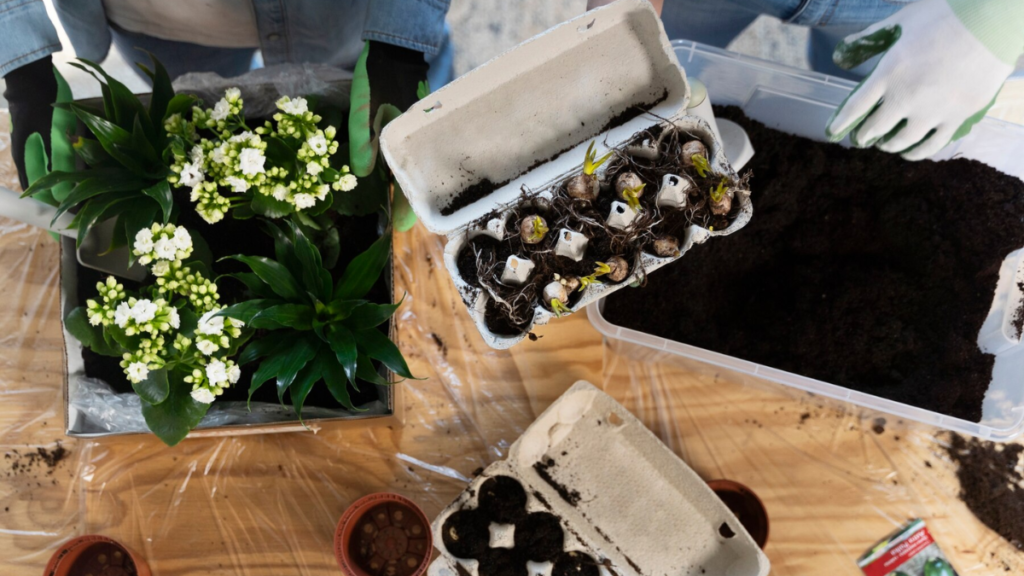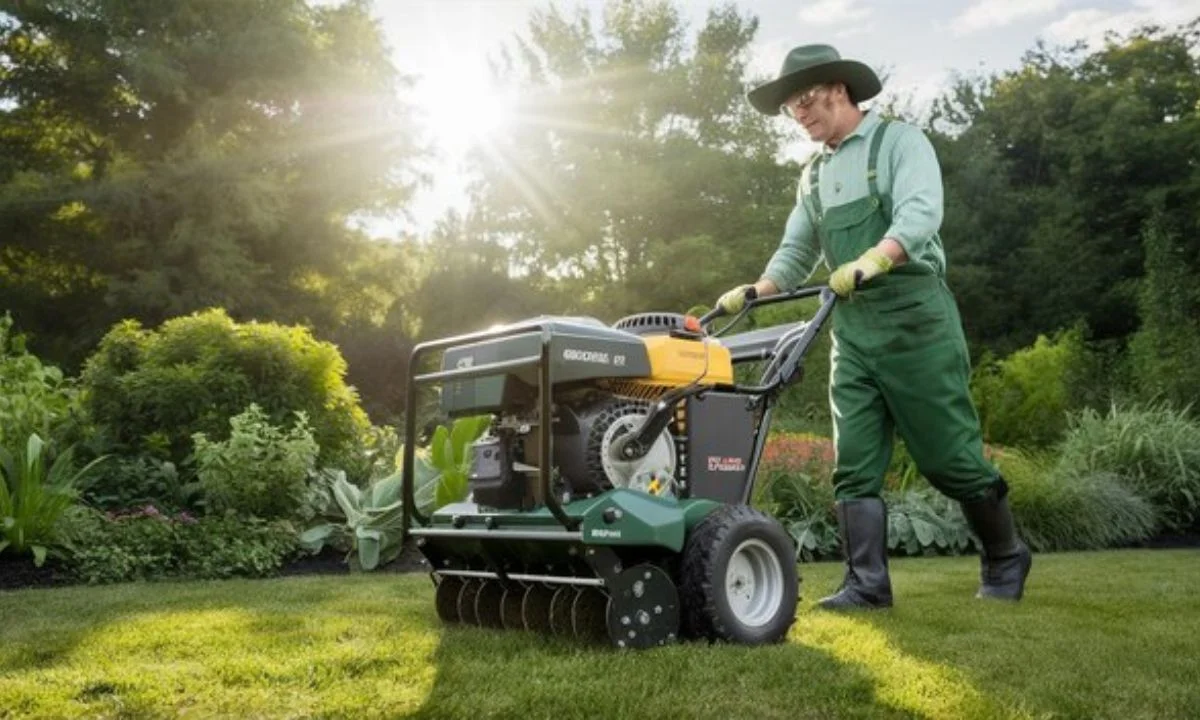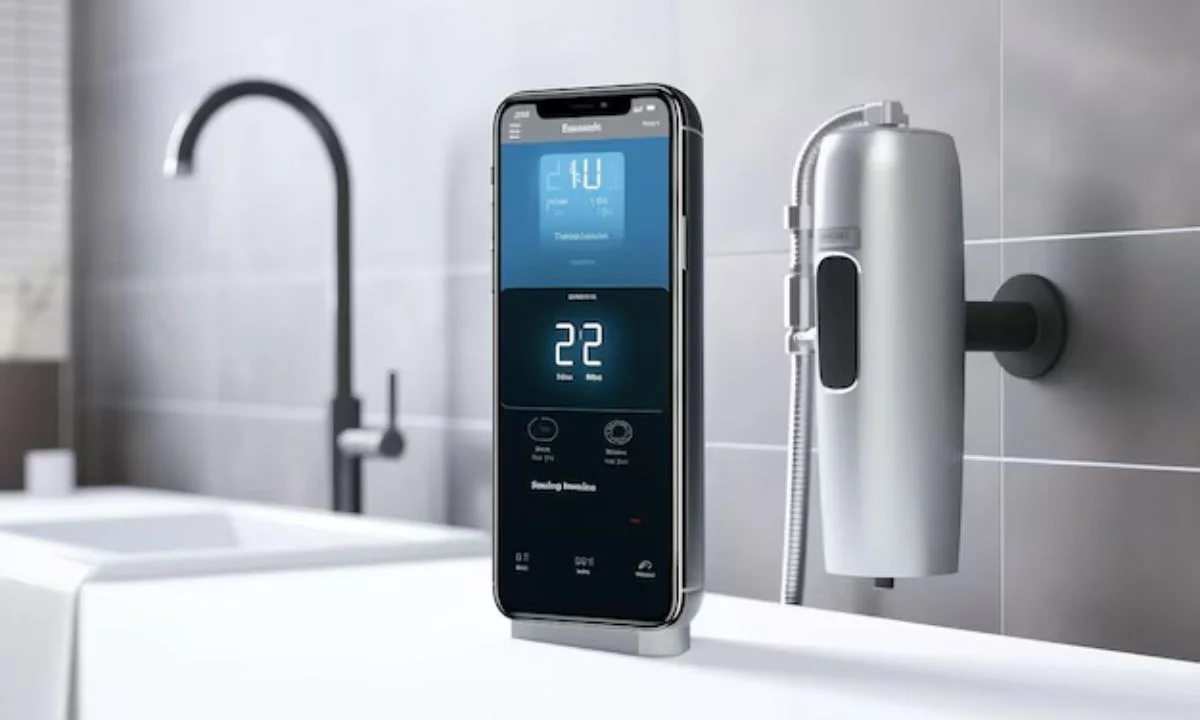Hydroponic gardening is becoming increasingly popular due to its ability to produce faster plant growth and higher yields without soil. A critical part of this success comes from using the right fertilizer mix. A DIY Guide to Custom Hydroponic Fertilizers, we’ll walk you through how to create your nutrient solution tailored to your plant’s needs. Not only will this save you money, but it also allows you to control the quality and composition of the nutrients.
Why Custom Hydroponic Fertilizers are Essential for Growth
Plants grown hydroponically rely entirely on the nutrient solution to thrive. While you can buy pre-made fertilizers, customizing your own gives you control over the ingredients, ensuring your plants get exactly what they need at every stage of growth. You can adjust the levels of nitrogen, phosphorus, potassium, and other minerals, making your system more efficient.
Must read:How to Get a Garden Bed in Seattle: Everything You Need to Know
Creating custom hydroponic fertilizers allows you to:
- Adjust nutrient ratios based on plant needs.
- Avoid harmful chemicals often found in commercial fertilizers.
- Save money by using raw ingredients.
- Improve the sustainability of your garden.
Now, let’s dive into the process of making your hydroponic fertilizer!
Understanding the Essential Nutrients in Hydroponic Fertilizers
Before making your custom A DIY Guide to Custom Hydroponic Fertilizers, you need to understand the key nutrients. Hydroponic plants require both macronutrients and micronutrients to grow properly. Here’s a breakdown of what each nutrient does:

- Nitrogen (N): Encourages leafy growth and is crucial during the vegetative stage.
- Phosphorus (P): Supports root development and flower production.
- Potassium (K): Helps with overall plant health, improving disease resistance and promoting fruiting.
- Calcium (Ca): Strengthens plant cell walls.
- Magnesium (Mg): Essential for photosynthesis.
- Sulfur (S): Assists in protein synthesis.
- Micronutrients: Include zinc, copper, iron, and manganese. These are needed in smaller quantities but are equally important for plant health.
How to Calculate the Right Nutrient Ratios for Your Plants
To create a balanced nutrient solution, it’s important to know the growth stage of your plants. Plants in the vegetative stage need higher nitrogen levels while flowering plants require more phosphorus and potassium. A general rule of thumb is to maintain a 3:1:2 ratio of nitrogen, phosphorus, and potassium during vegetative growth, and switch to a 1:3:2 ratio during flowering.
Step-by-Step Guide to Making Custom Hydroponic Fertilizers
1. Gather the Right Ingredients
To begin, you’ll need to gather specific raw ingredients that can be purchased online or at gardening supply stores A DIY Guide to Custom Hydroponic Fertilizers. These include:
- Calcium nitrate
- Potassium nitrate
- Monoammonium phosphate (MAP)
- Epsom salt (magnesium sulfate)
- Micronutrient mix (containing iron, manganese, boron, zinc, and copper)
2. Measure the Nutrients
Using a precise scale, measure out the required amounts of each ingredient. It’s important to follow a proper recipe or nutrient guide for hydroponics. For a basic 100-liter solution, you might need:
- 200 grams of calcium nitrate
- 100 grams of potassium nitrate
- 50 grams of monoammonium phosphate
- 25 grams of Epsom salt
- 5 grams of micronutrient mix
3. Dissolve the Nutrients
Start by dissolving each nutrient separately in warm water. This helps the nutrients blend more evenly. Use a separate bucket or container for each nutrient.
4. Combine the Nutrients
A DIY Guide to Custom Hydroponic Fertilizers so Once all nutrients are dissolved, slowly combine them into your hydroponic system’s reservoir. Make sure to mix thoroughly to avoid any nutrient imbalances. Use a pH meter to check the solution, ensuring it’s within the ideal range of 5.5 to 6.5.
5. Monitor and Adjust
After creating your custom fertilizer, it’s important to monitor the growth of your plants. You might need to adjust the nutrient concentrations based on how your plants respond. If you notice any signs of nutrient deficiency, such as yellowing leaves (a sign of nitrogen deficiency), you can tweak the solution accordingly.

The Importance of Water Quality in Hydroponic Systems
Water quality plays a huge role in the effectiveness of your A DIY Guide to Custom Hydroponic Fertilizers. Use filtered or distilled water to avoid introducing unwanted minerals like chlorine or fluoride, which can interfere with plant growth. Test the water’s EC (electrical conductivity) regularly to ensure that nutrient levels remain optimal.
Common Mistakes to Avoid When Making Hydroponic Fertilizers
Even with the right recipe, some mistakes can compromise your efforts. Here’s what to watch out for:
- Over-fertilizing: Too many nutrients can burn your plants. Always start with lower concentrations and adjust as necessary.
- Incorrect pH levels: If the pH is too high or too low, plants may struggle to absorb the nutrients.
- Ignoring micronutrients: Micronutrients might be needed in small quantities, but they’re crucial for plant health.
The Role of Organic Fertilizers in Hydroponics
If you prefer an organic approach, you can also make organic hydroponic fertilizers using ingredients like compost tea, fish emulsion, or seaweed extract. These provide a more natural nutrient blend but may require more frequent testing to ensure proper nutrient availability.
1. What is the best ratio for hydroponic nutrients?
The ideal ratio depends on the plant’s growth stage. During vegetative growth, a 3:1:2 ratio of nitrogen, phosphorus, and potassium is recommended. During flowering, switch to a 1:3:2 ratio.
2. How often should I change my nutrient solution?
It’s best to change the solution every two weeks to avoid nutrient imbalances and to keep the water fresh.
3. Can I use tap water for hydroponics?
Tap water often contains minerals like chlorine that can harm your plants. It’s best to use filtered or distilled water for your hydroponic system.
4. How do I adjust the pH in my hydroponic system?
You can use pH up or pH down solutions, which are available at gardening stores, to adjust the pH of your nutrient solution.
5. Are organic fertilizers better for hydroponics?
Organic fertilizers are more environmentally friendly, but they can be harder to balance and may lead to slower growth compared to synthetic fertilizers.
Conclusion: A DIY Guide to Custom Hydroponic Fertilizers is a Game-Changer for Growers
Making your hydroponic fertilizers is a rewarding process that gives you control over what your plants receive. By understanding nutrient requirements and following a careful recipe, you can create a solution that maximizes plant health and productivity. A DIY Guide to Custom Hydroponic Fertilizers helps you grow thriving plants while saving money and ensuring sustainability. Whether you’re growing leafy greens, herbs, or flowering plants, custom hydroponic fertilizers can be tailored to your system, ensuring your plants always receive the perfect mix of nutrients.
For more information click here
















Leave a Reply